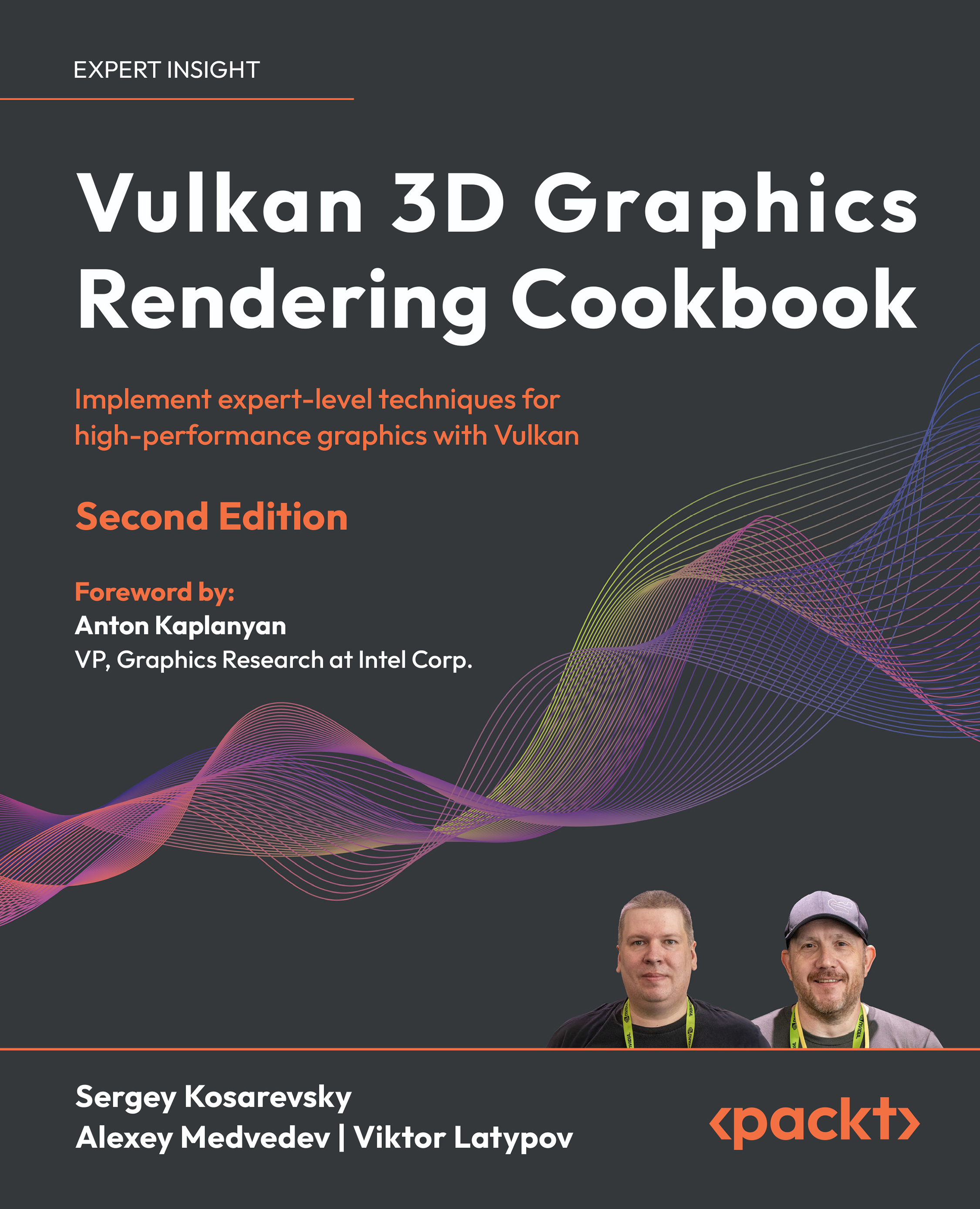Animation blending
In the recipes Implementing the glTF animation player and Doing skeletal animations in compute shaders, we implemented an animation player with the capability to switch between skeletal animations. However, when switching between animations, you may have noticed that the transition happens rather abruptly and unnaturally.
We can improve this by interpolating between animations using a floating-point transition factor. In this recipe, we’ll demonstrate a more advanced approach that enables smooth blending between two animations. This technique requires not only the interpolation of per-channel transformations but also a gradual blending between different animations, softening transitions and making them look more natural. Let’s dive in and learn how to implement it!
Getting ready
Make sure to revisit the recipes Implementing the glTF animation player and Doing skeletal animations in compute shaders before proceeding further.
The source...



























































